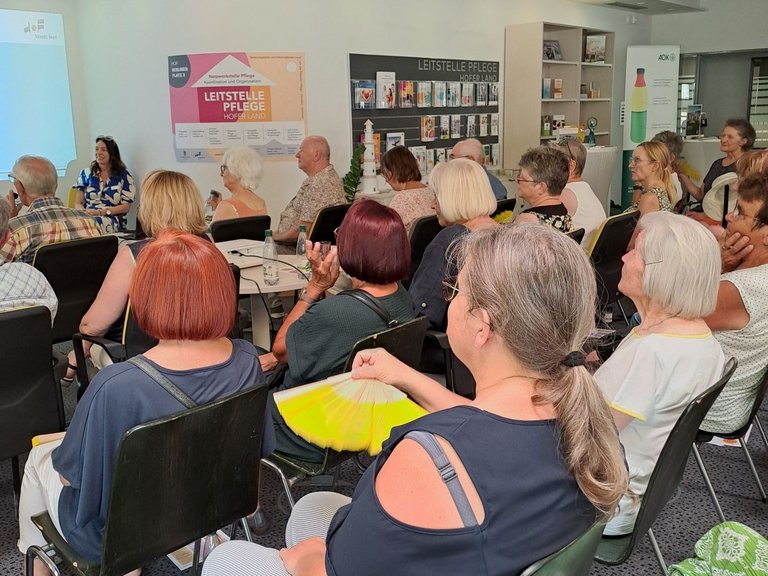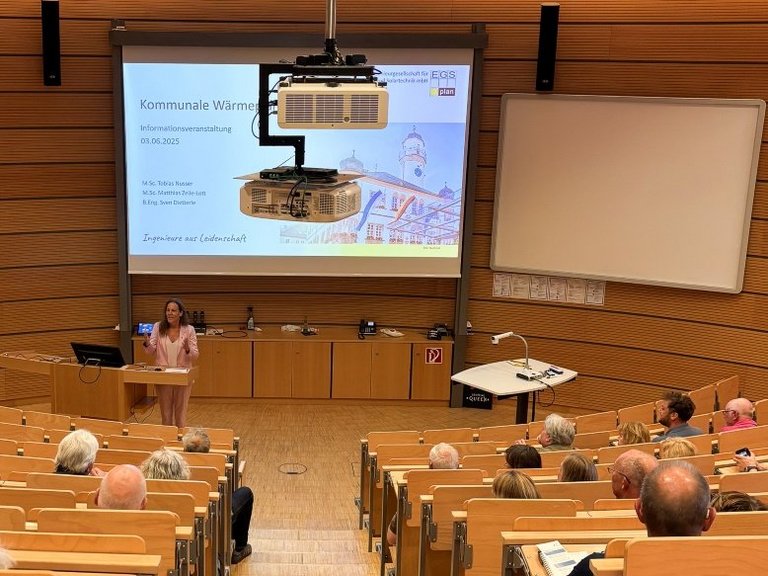Short-term measures
Reduce the room temperature Reducing the room temperature by 1 degree saves 6% on energy and gas costs. | Close shutters at night Closing roller shutters saves heating energy at night in the colder seasons. During the day, you can use the sunlight through the window when the shutters are open. | Take a quick shower instead of a bath A bathtub holds around 150 liters of water. A normal shower head has a flow rate of ten to twelve liters per minute, some models even 20 liters. So if you shower for less than ten minutes, you save water and energy compared to a full bath. Turning off the water while soaping up also reduces energy consumption. |
Leave radiators free There should be at least 20 - 30 cm between radiators and other objects such as furniture or curtains. Otherwise, the heat cannot spread well in the room. | Reduce the temperature in unused rooms Reduce the room temperature in rooms that are not being used. However, make sure that the surface temperature does not fall below 14°C, as there is a risk of mold growth. | Use an energy-saving shower head Water-saving shower heads have a flow rate of five to six liters per minute. A low-flow shower head is therefore one of the most effective water-saving measures that can be implemented at home, as once it has been installed, you save water every time you shower. |
Insulate heating and hot water pipes Heating pipes and other hot water pipes should be insulated. If the insulation is inadequate or damaged, it should be repaired. | Seal windows Windows can be sealed better with sealing tape without much effort. This means less cold outside air gets into the rooms. | Install a flow limiter If it is technically possible, installing flow restrictors (aerators) on all taps saves up to two thirds of the energy and water. |
Check the night setback of the heating system Active night setback reduces the flow temperature by 3 to 8 degrees. You can use the reduction both during the night and for times when you are not in the house for several hours. | "Tilt ventilation"- no thanks As a general rule, you should only ever ventilate the house with a bump or cross ventilation during the heating period. In comparison, "tilt ventilation" consumes many times more energy. The heating thermostats must be turned down before airing. A higher thermostat setting does not speed up the heating process after ventilation. |
Saving energy with a system
Carry out hydraulic balancing With hydraulic balancing, radiators can be optimally adjusted so that the flow temperature in the heating system is lowered accordingly. You can find out whether hydraulic balancing is economically worthwhile for you with the heat check. | Checking the heating pump A circulation pump moves the hot water from the boiler through the pipes to the radiators. Old pumps are real power guzzlers and continue to pump even when the valves on the radiators are closed. Replacing them pays for itself after just two years. |
| Control the heating correctly How warm it is in the rooms is determined not only by the thermostats but also by the control on the heating system. It usually measures the current outside temperature and compares it with the setpoint for the rooms. The control should keep the desired temperature as constant as possible while saving energy. It can only do this if it is set precisely. | Insulating individual components Various areas of the building can and should be insulated. The roof, the top storey ceiling, the cellar ceiling and the outer wall. Some insulation measures, such as exposed heating pipes or the top floor ceiling, can be carried out by the owner. |
Longer-term measures
| Heating with heat pumps Becoming independent of high oil and gas prices is possible by switching to heating systems that use renewable energies such as environmental heat, solar thermal energy or biomass for heating. Heat pumps use free environmental energy from the ambient air, the ground or bodies of water and turn one kilowatt hour (kWh) of electricity - preferably green - into three to five kWh of heat. | Comprehensive building refurbishment In an energy-efficient refurbishment, a building is upgraded so that it uses a minimum amount of energy for heating, ventilation and hot water. In private households, for example, around 84 percent of energy consumption is used for heating and hot water. The potential for savings by refurbishing the building envelope and technology is therefore huge. |




